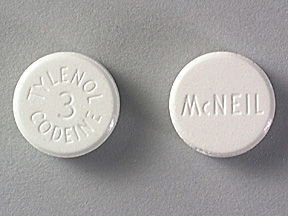 Classification: Opiate analgesic
Classification: Opiate analgesic
Common Names/Nicknames: Cody, Captain Cody, schoolboy, doors and fours, loads, pancakes and syrup
Active Compound: Methylmorphine
Found in: Opium, codeine, painkillers with codeine
Mode of Consumption: Ingestion, injection
DEA Scheduling/Legal Status (in US): Schedule II in high doses or pure form. Legal with prescription with limited or no ability to refill; Schedule III in low doses and combined medications. Legal with prescription. Schedule IV in some cough syrups. Legal with regulation
Effects:
Euphoria, drowsiness, anesthesia, decreased breathing, nausea, constipation, incontinence, pupil constriction, itchy skin
Risks:
Acute: Hypoxia, seizures, coma, fatal overdose
Chronic: Addiction, tolerance, withdrawal, weight loss
Inhalation: Increased risk of pulmonary cancer, cardiovascular disease; Injection: Blood-bourne pathogens, pulmonary damage (talcosis), endocarditis, abscess
Males: Impotence; Females: Menstrual irregularities
Dangerous Drug Combinations:
Potentially fatal combination with alcohol, barbiturates, methaqualone, benzodiazepines, and other drugs that suppress breathing.
Special Considerations:
Codeine is one of the weakest opiates available.
And remember, if somebody may need help, play it safe and call for medical assistance.
“Students may bring an intoxicated or drug-impaired friend to University Health Services or to a hospital, or seek assistance from College residential life staff or HUPD, and by doing this, neither they nor the friend will face disciplinary action from the College for having used or provided alcohol or drugs.”
The Amnesty Policy
Harvard College Student Handbook
Sources:
Buzzed: The Straight Facts About the Most Used and Abused Drugs from Alcohol to Ecstasy (Third Edition), by Cynthia Kuhn, Scott Swartzwelder, and Wilkie Wilson. Published 2008 by W. W. Norton & Company.
National Institute on Drug Abuse (NIDA), part of the National Institute of Health (NIH) of the U.S. Department of Health and Human Services.
http://www.nida.nih.gov/DrugPages/
U.S. Drug Enforcement Agency (DEA), part of the U.S. Department of Justice.
Erowid Organization

